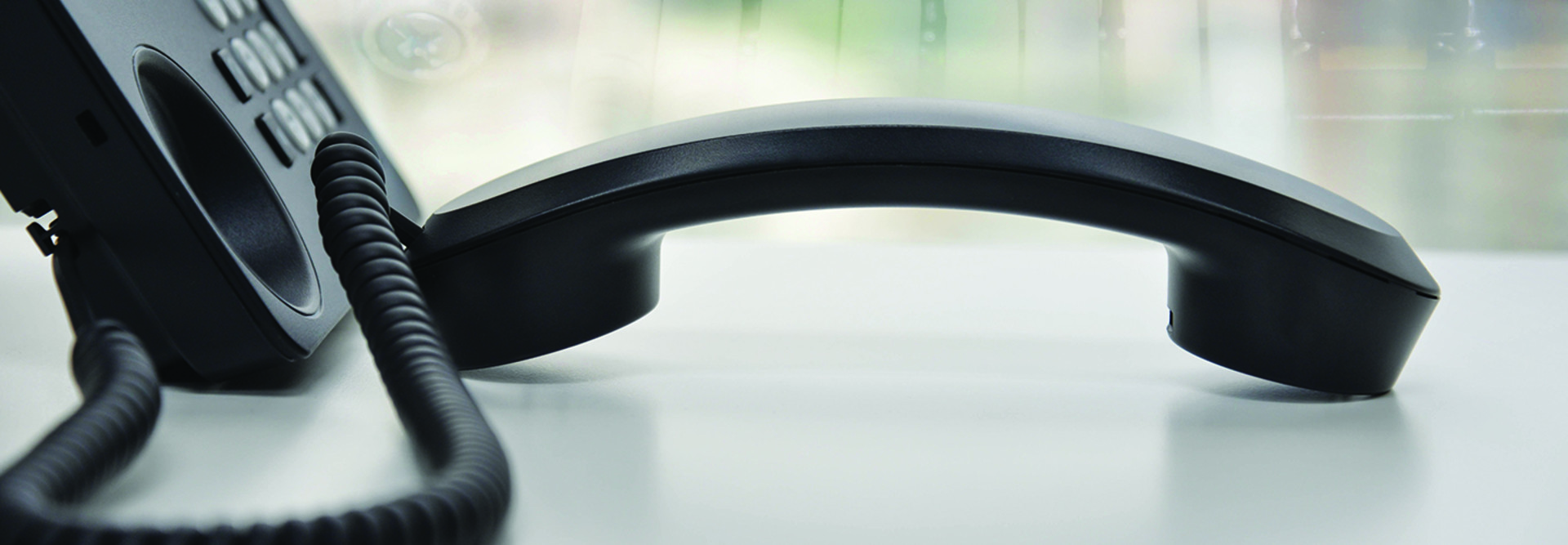Microsoft Phone System Is Built for Simple Collaboration
Streamlined communication has become critical for organizations. With so many tools and solutions available, some small businesses jumped at the opportunity to use them all, which only complicates things for workers.
One of the greatest benefits of Microsoft Phone System is that it lives within a tool that many already are using: Microsoft Teams. Workers can chat via text or video, share files and make phone calls, all from the same interface — and it’s one they’re already familiar with. This can help employees, who may be fatigued by changing tools, adapt better.
The all-in-one ease of the system is also why it can be a particularly attractive option for small businesses. Simplifying technology also means simplifying vendor contracts, reducing costs and clutter. Microsoft Phone System is also priced competitively, and is even free for some businesses within their Teams subscription.
MORE FROM BIZTECH: The conferencing tech small businesses need to ensure business continuity.
What to Consider with Microsoft Phone System
As is the case with any new IT tool, there are a number of things to take into account before selecting the right options. First, there’s licensing: Some organizations already have access to Microsoft Phone System through their Teams subscription, via Microsoft 365 Business Voice. Businesses with fewer than 300 employees can have this access, delivering a crucial need for organizations that may be feeling the economic pinch right now.
Those that don’t have that access can get a subscription. One option is to use Microsoft as the carrier, so the entire communication experience is managed through Microsoft. However, if businesses prefer to keep the carrier they’re already using, Microsoft can support those outside carriers. This would be optimal for a company that is using Teams and wants to keep things simple for their workers, but perhaps is getting a special deal with their current carrier.
There are also hardware considerations. While Microsoft Phone System can run through the computer, there are many who still prefer to hold a physical phone receiver in their hands. The system does work with desk phones as well, but they must be supported by the service. Most of those models are quite new and would likely need to be purchased, but many organizations are merely using Bluetooth headsets along with the soft client option.
To make the process simpler, businesses can also get help implementing the system. This managed service can take care of piloting, number porting and configuration, all from experts who are well versed in the technology. Having a third party take charge of purchasing the hardware, acquiring the licensing and deploying the system can free up internal IT resources to focus on other tasks.
This article is part of BizTech's AgilITy blog series. Please join the discussion on Twitter by using the #SmallBizIT hashtag.












